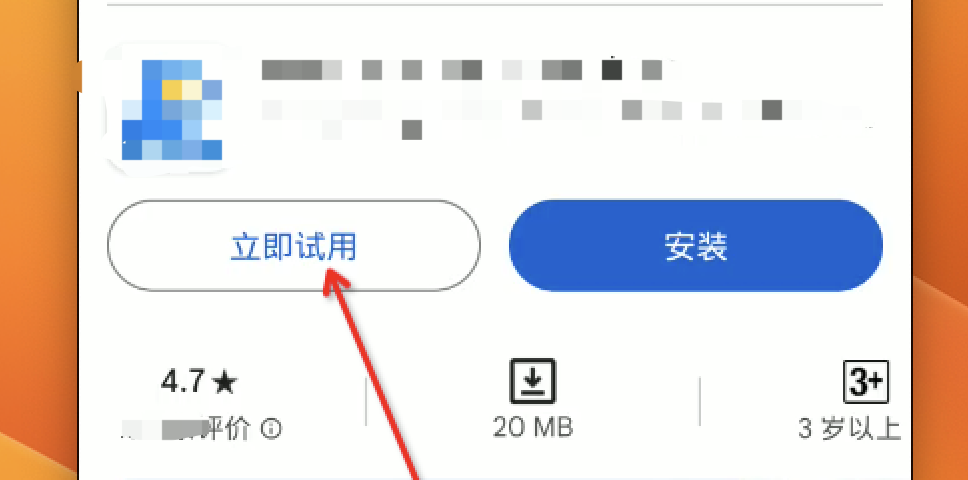目录
一、洗牌算法
1.1 Poker
1.2 PokerBox
1.3 Test
二、杨辉三角
一、洗牌算法
【业务需求】:
第一步:生成52张牌,没有大小王,一共四种花色({"♠", "♥", "♣", "♦"),每种花色共13张,J、Q、K用11、12、13来代替。
第二步:洗牌。
第三步:给三个人轮流发5张牌。
第四步:将三个人的牌 和 剩余的牌 按顺序打印出来。
【点睛】:把扑克牌box、三个人的手牌、都设置成ArrayList,对它们进行操作时直接调用ArrayList原生方法即可。
1.1 Poker
package poker;
/**
* Created with IntelliJ IDEA.
* Description:
* User: tangyuxiu
* Date: 2024-08-06
* Time: 10:23
*/
public class Poker implements Comparable<Poker> {
private int value;
private String flower;
public Poker(int value, String flower) {
this.value = value;
this.flower = flower;
}
@Override
public String toString() {
return "{" + this.value + " " + this.flower + "}";
}
@Override
public int compareTo(Poker o) {
return this.value - o.value;
}
}
1.2 PokerBox
package poker;
import java.util.ArrayList;
import java.util.Collections;
import java.util.Random;
/**
* Created with IntelliJ IDEA.
* Description:
* User: tangyuxiu
* Date: 2024-08-06
* Time: 10:26
*/
public class PokerBox {
private ArrayList<Poker> pokers;//52张牌
private static final String[] flowers = {"♠", "♥", "♣", "♦"};//花色
public PokerBox() {
this.pokers = new ArrayList<>();
/* 生成52张排 */
for (int i = 0; i < 4; i++) {
for (int j = 1; j <= 13; j++) {
Poker poker = new Poker(j,flowers[i]);
this.pokers.add(poker);
}
}
}
/* 洗牌 */
public void shuffle() {
Random random = new Random();
for (int i = this.pokers.size() - 1; i > 0 ; i--) {
//生成0~i-1之间的随机值
int j = random.nextInt(i);
//交换pokers中下标为i和j的值
//注意:可以发现我们在得到/设置顺表中的元素时,会直接利用方法🧐
Poker cur = this.pokers.get(i);
this.pokers.set(i, this.pokers.get(j));
this.pokers.set(j,cur);
}
}
/* 给三个人分配牌 */
public void organize() {
ArrayList<Poker> hand1 = new ArrayList<>();
ArrayList<Poker> hand2 = new ArrayList<>();
ArrayList<Poker> hand3 = new ArrayList<>();
//为了方便组织三个人,于是定义了这个
ArrayList<ArrayList<Poker>> hands = new ArrayList<>();
hands.add(hand1);
hands.add(hand2);
hands.add(hand3);
for (int i = 0; i < 5; i++) {//外层循环表示发牌的轮数
for (int j = 0; j < 3; j++) {//内存循环表示发给哪个人
//remove方法的返回值是,被删除元素的值
//每次拿牌都拿最上面的那张
Poker poker = this.pokers.remove(0);
hands.get(j).add(poker);
}
}
System.out.println("三人的牌面值:");
System.out.println(hand1);
System.out.println(hand2);
System.out.println(hand3);
}
/* 对牌排序:根据牌面值的大小进行了排序 */
public void mySort() {
//Collections是操作集合的工具类,可以利用里面的sort方法对集合里面的元素进行排序
Collections.sort(this.pokers);
}
@Override
public String toString() {
return "PokerBox{" +
"pokers=" + pokers +
'}';
}
}
1.3 Test
package poker;
/**
* Created with IntelliJ IDEA.
* Description:
* User: tangyuxiu
* Date: 2024-08-06
* Time: 10:29
*/
public class Test {
public static void main(String[] args) {
/* 生成52张牌 */
PokerBox pokerBox = new PokerBox();
System.out.println("新牌:");
System.out.println(pokerBox);
/* 洗牌 */
pokerBox.shuffle();
System.out.println("洗牌:");
System.out.println(pokerBox);
/* 给三个人分配牌 */
pokerBox.organize();
System.out.println("剩余牌:");
System.out.println(pokerBox);
/* 对牌排序 */
pokerBox.mySort();
System.out.println("排序:");
System.out.println(pokerBox);
}
}
二、杨辉三角


public List<List<Integer>> generate(int numRows) {
//二维数组:
List<List<Integer>> arrayList = new ArrayList<>();
/* 第一行 */
List<Integer> arrayList0 = new ArrayList<>();
arrayList0.add(1);
//将第一行放入arrayList顺序表中
arrayList.add(arrayList0);
/* 其他行 */
//我们把第一行认为是0行所以这里i从1开始,i<numRows
for (int i = 1; i < numRows; i++) {
List<Integer> cur = new ArrayList<>();
cur.add(1);
//j表示列号,从1开始是因为0列已经放了元素了
//j<i是因为,当在i==j时,第j行一定放1,所以不算在里面
for (int j = 1; j < i; j++) {
Integer x1 = arrayList.get(i - 1).get(j - 1);
Integer x2 = arrayList.get(i - 1).get(j);
cur.add(x1 + x2);
}
cur.add(1);
arrayList.add(cur);
}
return arrayList;
}本篇已完结 ......




















